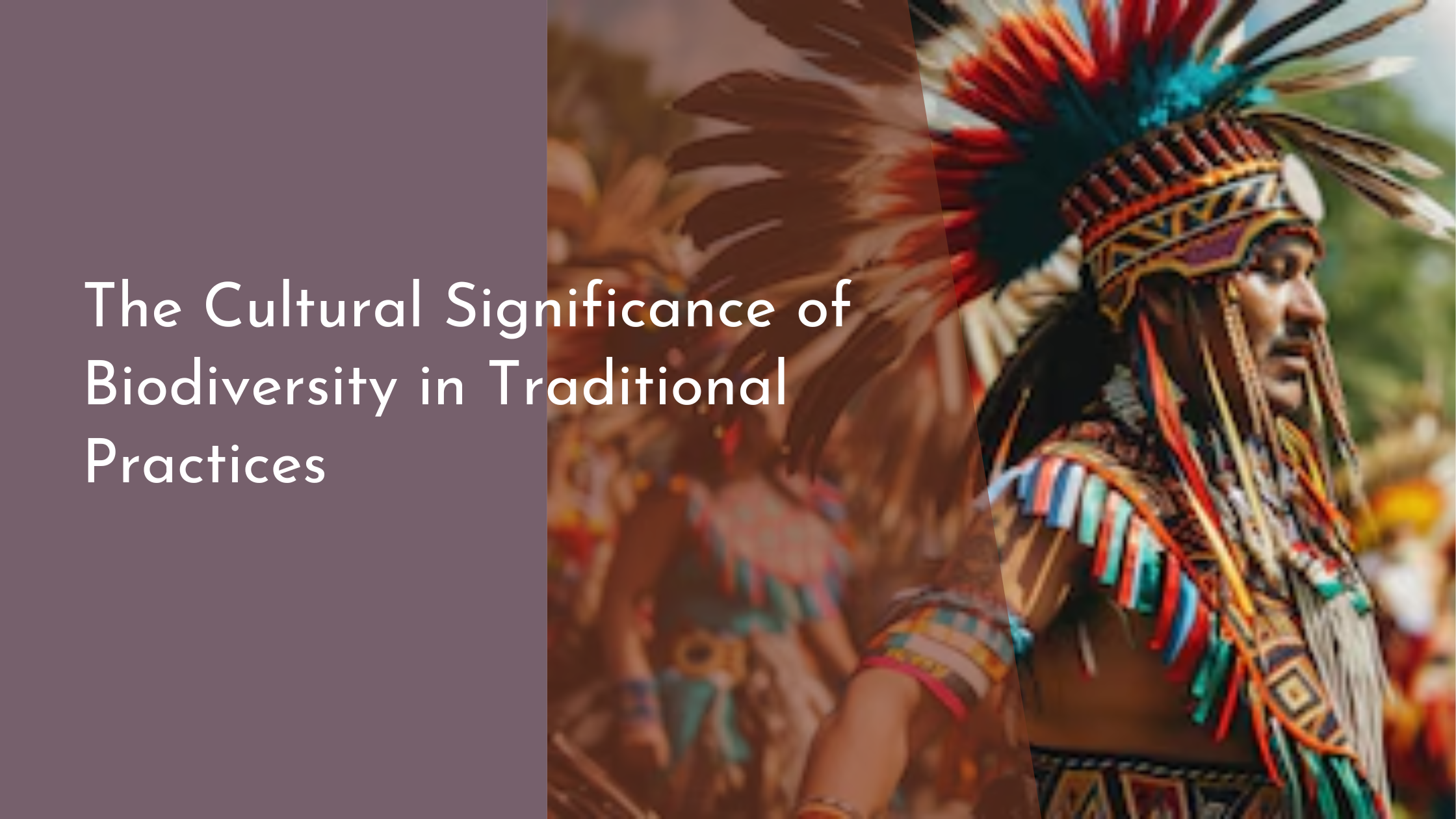The Cultural Significance of Biodiversity in Traditional Practices
Biodiversity is often celebrated for its ecological and scientific importance, but its cultural significance is equally profound. Across the globe, traditional practices rooted in diverse ecosystems have woven a rich tapestry of cultural heritage, shaping societies and their ways of life. This article explores the deep connections between biodiversity and cultural traditions, highlighting the essential role of nature in sustaining cultural identities and practices. From indigenous knowledge to contemporary celebrations, understanding the cultural significance of biodiversity can inspire a more harmonious relationship with our environment.
Understanding Biodiversity in Cultural Contexts
Biodiversity encompasses the variety of life on Earth, including different species, ecosystems, and genetic variations. While scientifically it represents ecological richness, culturally it forms the backbone of many traditional societies. For countless communities worldwide, biodiversity is integral to their cultural identity, providing resources for food, medicine, and tools, and serving as a foundation for rituals and spiritual beliefs. These cultural expressions, in turn, foster a deep respect for the natural world, encouraging conservation and sustainable use of resources.
In various cultures, biodiversity is more than a collection of plants and animals; it is a vibrant symbol of life that influences art, language, and folklore. Many traditional stories and songs draw on the diverse life forms present in specific regions, conveying lessons about coexistence, respect, and stewardship. Such narratives not only preserve cultural identity but also promote an understanding of the interconnectedness of life. Through these cultural lenses, biodiversity becomes an invaluable educational tool, teaching younger generations about their heritage and the importance of protecting their environment.
The Role of Biodiversity in Traditional Practices
Traditional practices are profoundly influenced by the biological diversity surrounding a community. In many indigenous societies, biodiversity is central to agricultural practices, with diverse plant species cultivated together to enhance resilience and productivity. For example, the ancient Mayan practice of milpa involves growing maize, beans, and squash together, a system that leverages biodiversity for mutual plant support and soil health. This reflects a deep understanding of ecological interactions and a sustainable approach to agriculture.
Moreover, biodiversity enriches traditional medicine, with countless plant and animal species used in healing practices passed down through generations. Each local ecosystem offers a unique pharmacy of natural remedies tailored to the specific health needs and environmental conditions of the community. The use of such biodiverse resources not only supports physical health but also reinforces cultural continuity and the transmission of traditional knowledge. These practices underscore the importance of safeguarding biodiversity to preserve cultural heritage and maintain traditional lifestyles.
Celebrating Diversity in Indigenous Knowledge
Indigenous knowledge systems are a testament to the profound wisdom embedded in traditional practices, reflecting a deep symbiosis with the environment. These knowledge systems often possess insights into sustainable living and ecological balance that modern science is only beginning to understand. For example, the traditional ecological knowledge of the Aboriginal Australians includes detailed understanding of species behaviors, seasonal patterns, and land management techniques that have sustained their communities for thousands of years.
Cultural festivals and rituals offer further opportunities to celebrate and honor biodiversity. Many indigenous cultures hold ceremonies that pay homage to the natural elements and the diverse life forms that sustain their communities. These celebrations often involve dances, songs, and offerings, expressing gratitude towards nature and fostering communal bonds. Such practices not only highlight the cultural importance of biodiversity but also reinforce community cohesion and the enduring respect for nature passed down through generations.
Embracing Biodiversity for a Vibrant Future
Recognizing the cultural significance of biodiversity encourages us to embrace diverse ecosystems for a more sustainable and vibrant future. By valuing traditional practices and indigenous knowledge, we gain insights into living harmoniously with nature, promoting conservation efforts that are culturally sensitive and ecologically sound. Integrating these perspectives into modern conservation strategies can lead to more effective and inclusive environmental stewardship.
As we move forward, fostering a global appreciation for the cultural dimensions of biodiversity can inspire creativity and innovation in addressing today’s environmental challenges. By celebrating the rich tapestry of life and its cultural expressions, we not only preserve cultural heritage but also cultivate a shared commitment to protect our planet’s biodiversity. Through this collective effort, we can ensure a future where cultural and biological diversity thrive hand in hand, enriching our world and our lives.
Biodiversity is not just a concern for ecologists and conservationists; it is a cultural asset that has shaped human societies for millennia. Understanding and celebrating the cultural significance of biodiversity can deepen our connection to the natural world and inspire more sustainable ways of living. As we honor traditional practices and indigenous knowledge, we unlock the potential for a future that harmonizes cultural heritage with ecological conservation. By embracing biodiversity in all its forms, we nurture a vibrant legacy for generations to come, cultivating a world where humanity and nature coexist in balance and harmony.

